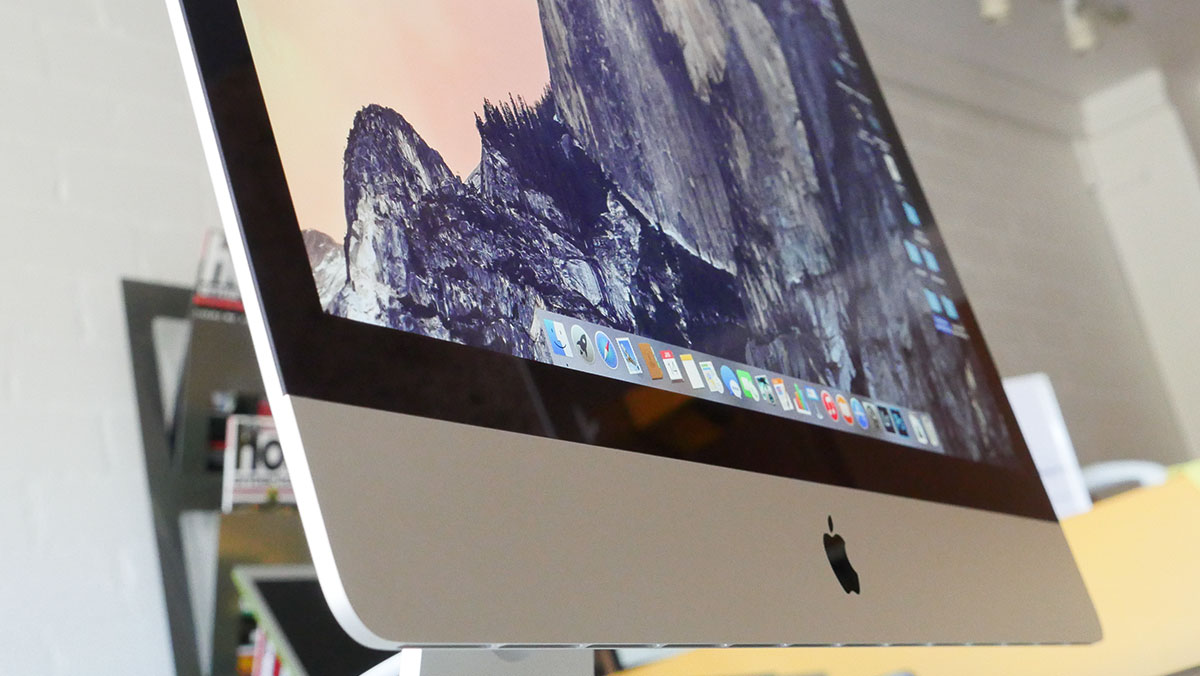The Apple iMac with Retina 5K display has been a mainstay in the creative professional’s arsenal for years. But with Apple transitioning its focus to Apple Silicon processors, the question arises: how does the Intel-based iMac with Retina 5K display hold up in 2024? This review explores the strengths, weaknesses, and suitability of this desktop powerhouse for modern users.
Aesthetics That Endure: Timeless Design and Premium Build
The iMac with Retina 5K display continues to impress with its signature sleek aluminum design. The incredibly thin profile and clean lines make it a statement piece for any workspace. The large, vibrant 27-inch Retina 5K display (5120 x 2880 resolution) remains a showstopper, offering exceptional clarity, color accuracy, and detail – ideal for graphic designers, photographers, and videographers.
Performance: Still Capable, But Future-Proofing Considerations
While not boasting the latest Apple Silicon processors, the Intel-based iMac with Retina 5K display (models from 2020 and earlier) can still handle demanding tasks like video editing, photo manipulation, and 3D rendering. However, users considering intensive professional workloads or futureproofing their investment might want to explore newer models with M1 or M2 chips.
Upgradability: A Potential Advantage
Unlike newer Apple Silicon iMacs, the Intel-based models offer some upgradeability. While not all components are user-upgradable, users can potentially add additional RAM after purchase to enhance multitasking capabilities. This might be a consideration for users who anticipate demanding future workflows.
Software Compatibility: Running the Latest macOS
As of July 2024, the Intel-based iMac with Retina 5K display can still run the latest version of macOS (Ventura at the time of writing). However, with Apple’s shift to Apple Silicon, it’s important to consider how long software support will last for these models. Future versions of macOS might prioritize Apple Silicon architectures, potentially impacting performance or compatibility down the line.
Connectivity Options: Well-Equipped for Modern Needs
The iMac with Retina 5K display offers a good selection of ports, including multiple USB-A ports, Thunderbolt 2 ports (on older models), and an SD card slot. This caters to a variety of peripherals and external storage options. However, newer models with Thunderbolt 4 ports offer faster data transfer speeds.
Who Should Consider the Intel-based iMac with Retina 5K Display in 2024?
- Budget-Minded Creatives: For those seeking a powerful desktop experience at a more affordable price compared to the latest Apple Silicon models, the Intel-based iMac remains a compelling option.
- Value Upgradability: Users who prioritize the ability to add RAM after purchase for futureproofing might find the Intel-based iMac appealing.
- Existing Ecosystem: If you’re already invested in the Intel ecosystem with peripherals and external storage, the iMac with Retina 5K display offers seamless integration.
Important Considerations Before Buying
- Model Year: Performance will vary depending on the specific year of the model you’re considering. Research benchmark scores to determine if it meets your performance needs.
- Future-Proofing: While still capable, consider how long you plan to use the iMac and if software support for Intel models might become an issue in the future.
- Potential Upgrades: Research upgrade options (like RAM) for the specific model you’re considering and factor in any additional costs.
The Verdict: A Timeless Design with a Caveat
The Apple iMac with Retina 5K display (Intel-based models) remains a visually stunning and powerful desktop computer. The exceptional display, capable performance (especially for older models), and upgradeability (on some models) make it a compelling option for budget-minded creatives and those already invested in the Intel ecosystem. However, for future-proofing and potentially smoother performance with demanding applications, newer models with Apple Silicon processors might be a better long-term investment. Carefully consider your needs, budget, and upgrade preferences before making your decision.
